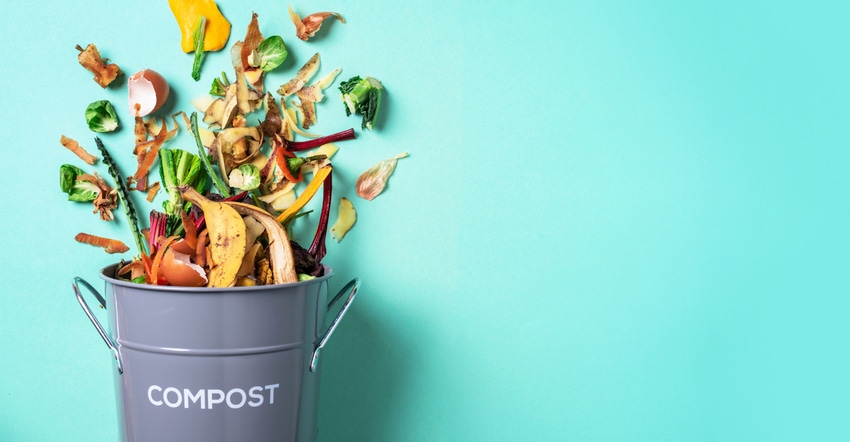To help decide whether to use compostable packaging for your product or not, ask yourself these five questions.
January 22, 2021

What is the value of compostable packaging? Why do we need it as part of a suite of solutions that improve the sustainability of packaging?
Compostable packaging has value when it lets us:
Capture and divert food waste from landfills;
Create a simplified dining experience and cleaner recycling stream;
Produce compost that helps soils work as a carbon sink; and
Support the biological cycles of the circular economy.
The first step in designing compostable packaging is to understand whether it is the right fit for your packaging application. Compostable packaging should not be a blanket solution for all problems — it’s not a fix for ocean plastic pollution or non-recyclable packaging. Rather, it should support food-waste diversion efforts, get third-party certified, and be clearly labeled.
When considering whether compostable packaging can be an effective substitute for your current packaging, start by asking these questions:
1. Will your packaging bring in food to the composting facility?
For compostable packaging, think food. Compostable packaging can be the right fit for food-soiled applications since it serves to bring food waste, a valuable resource, to composting facilities to be made into new nutrients for soil. In fact, BPI certification for compostable packaging requires that the item be associated with desirable organic wastes — like food scraps and yard trimmings — that are collected for composting.
2. Is your packaging used to serve prepared food?
Foodservice packaging for restaurants, cafeterias, venues, and grocery store prepared food bars is the most natural fit for compostable packaging. Compostable packaging makes it easy for consumers to compost any leftovers of prepared food. In closed venues such as stadiums or corporate campuses, compostable packaging can help simplify the messaging to consumers by enabling them to put everything in one bin.
3. Do consumers typically throw away food waste along with your packaging?
We need to work to eliminate food waste altogether, but interim steps to compost more food waste are also important. Consumers may not always separate food waste from its packaging; and they may be throwing non-compostable packaging into the compost bin. For packaging that is difficult to clean or rinse, such as salad bags, compostable packaging can instead allow consumers to easily compost both the bag and any remaining contents.
4. Does your non-recyclable packaging contain frozen or raw food?
Compostable packaging can replace meat, produce, and frozen food packaging that is not recyclable and is soiled by food. Food residue from these contents can be composted alongside the packaging. As for all applications, these formats should be clearly and prominently labeled with certification marks, words, and colors to indicate that the packaging is compostable.
5. Is your packaging a common contaminant at composting facilities?
Certain packaging items like produce stickers and salad bags may “ride along” with food that is composted by consumers. And at foodservice operations, items like sauce packets are accidentally put in the composting bin along with food and other accepted material. When these non-compostable items are sent to a composting facility, they pose contamination problems. Redesigning these items to be compostable can help address composters’ challenges with contamination.
There is no clear formula for what kinds of packaging should be compostable. Rather, it depends on several variables, many of which have been outlined above. In many applications — such as food serviceware, salad bags, and produce stickers — the case is clear. Compostability in these instances helps to bring more food waste to composters and addresses common contamination challenges.
To learn more about whether compostable packaging is a good fit for your packaging application, review the Sustainable Packaging Coalition’s new guide to compostable packaging.
About the Author(s)
You May Also Like


